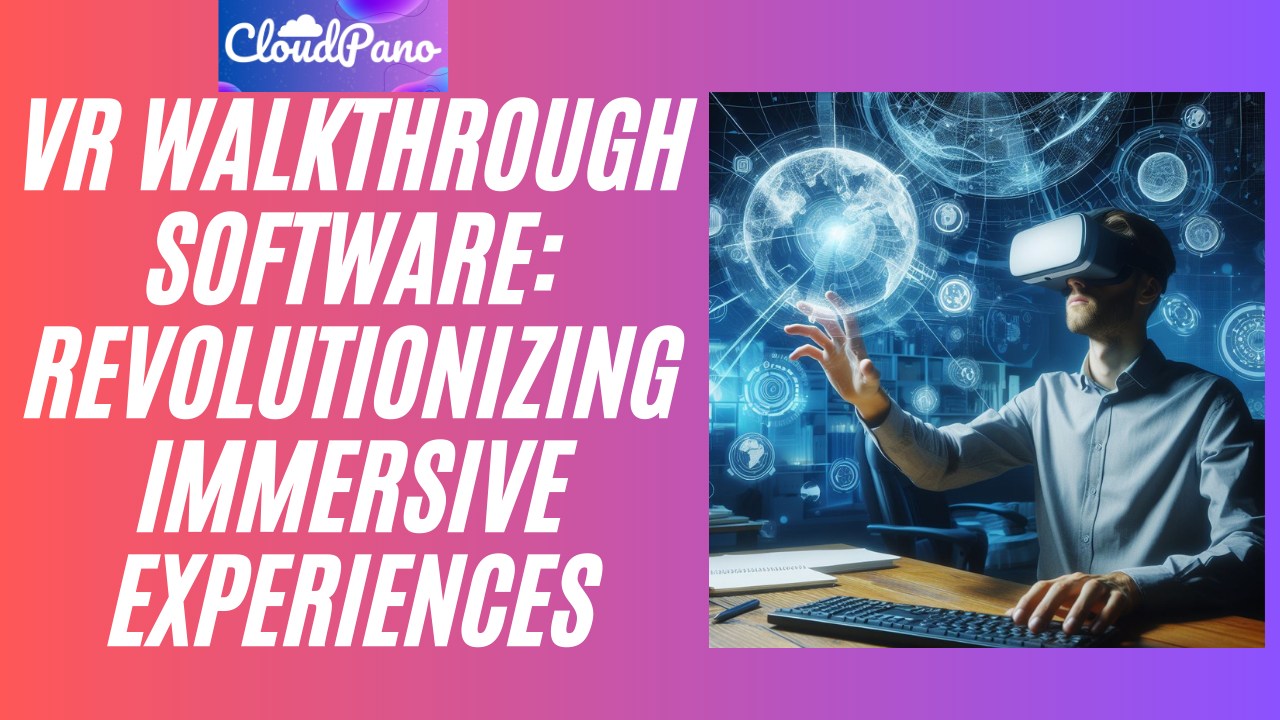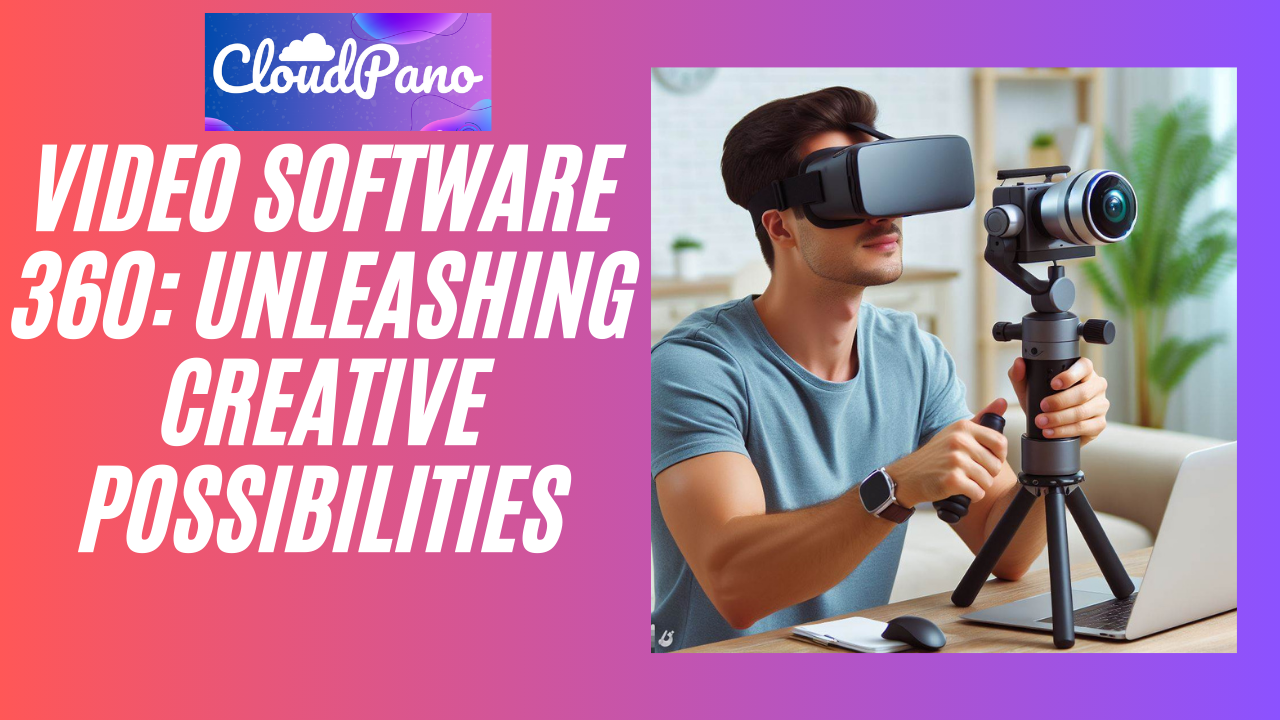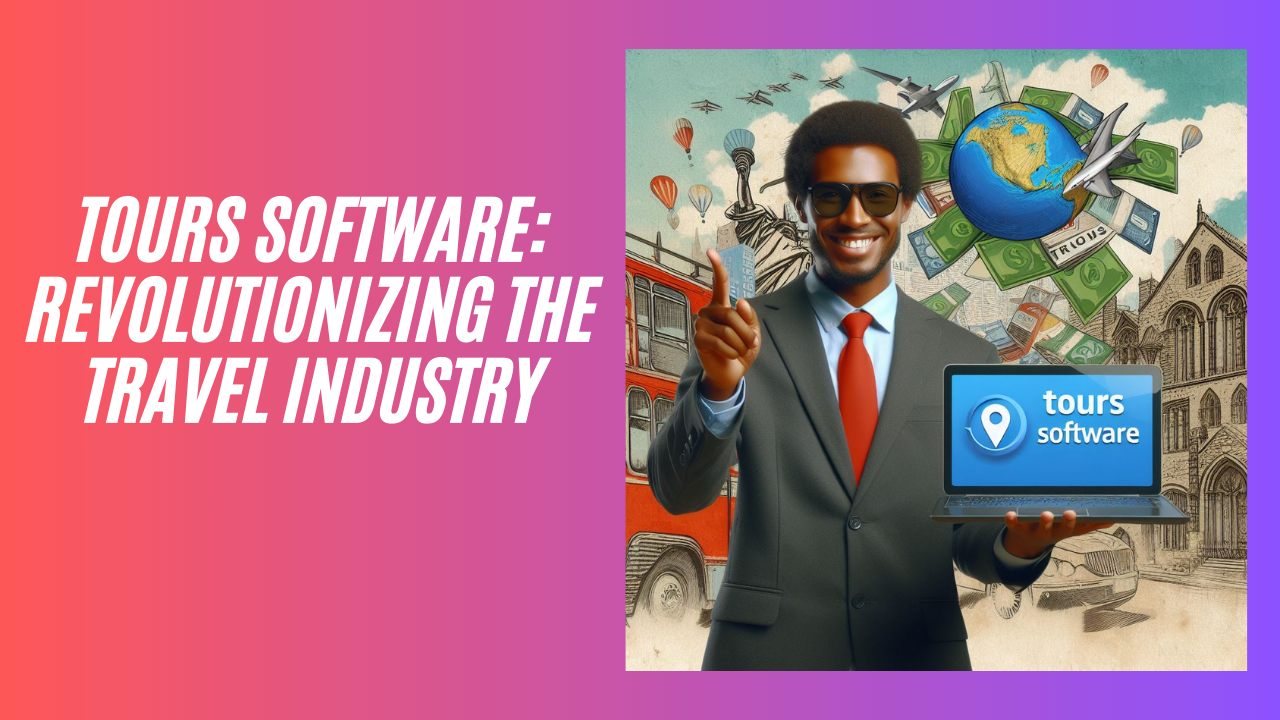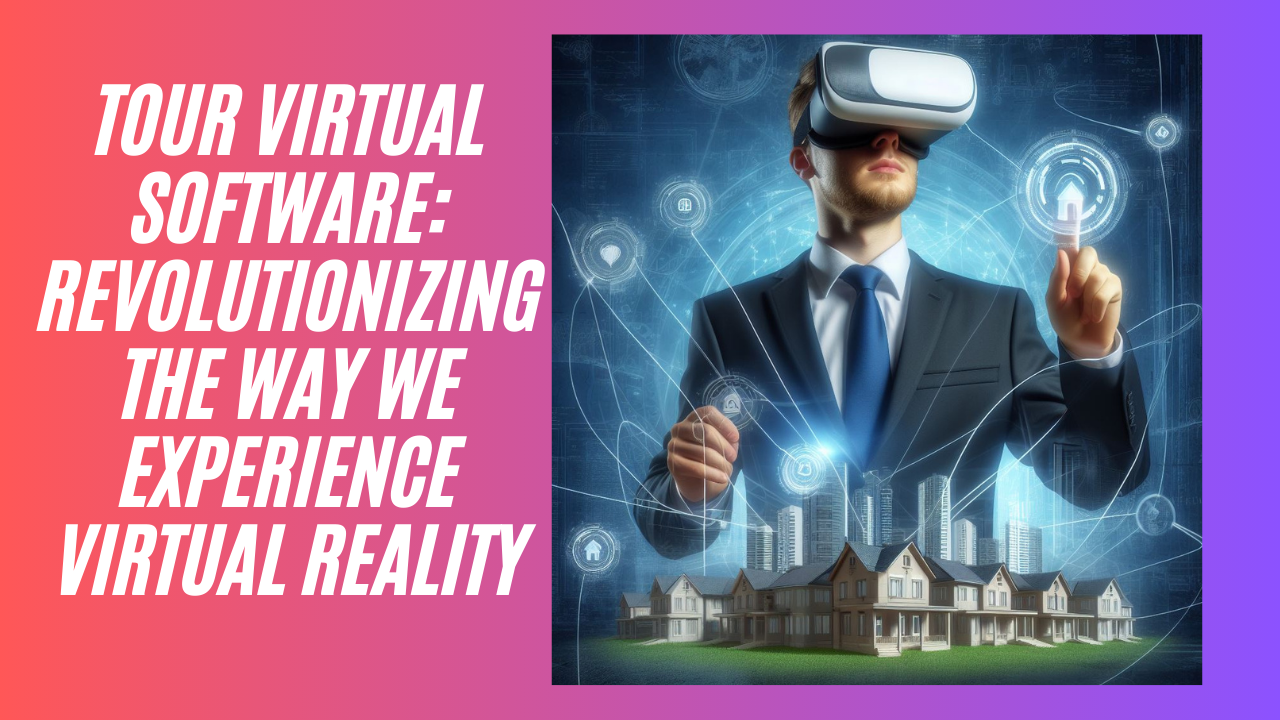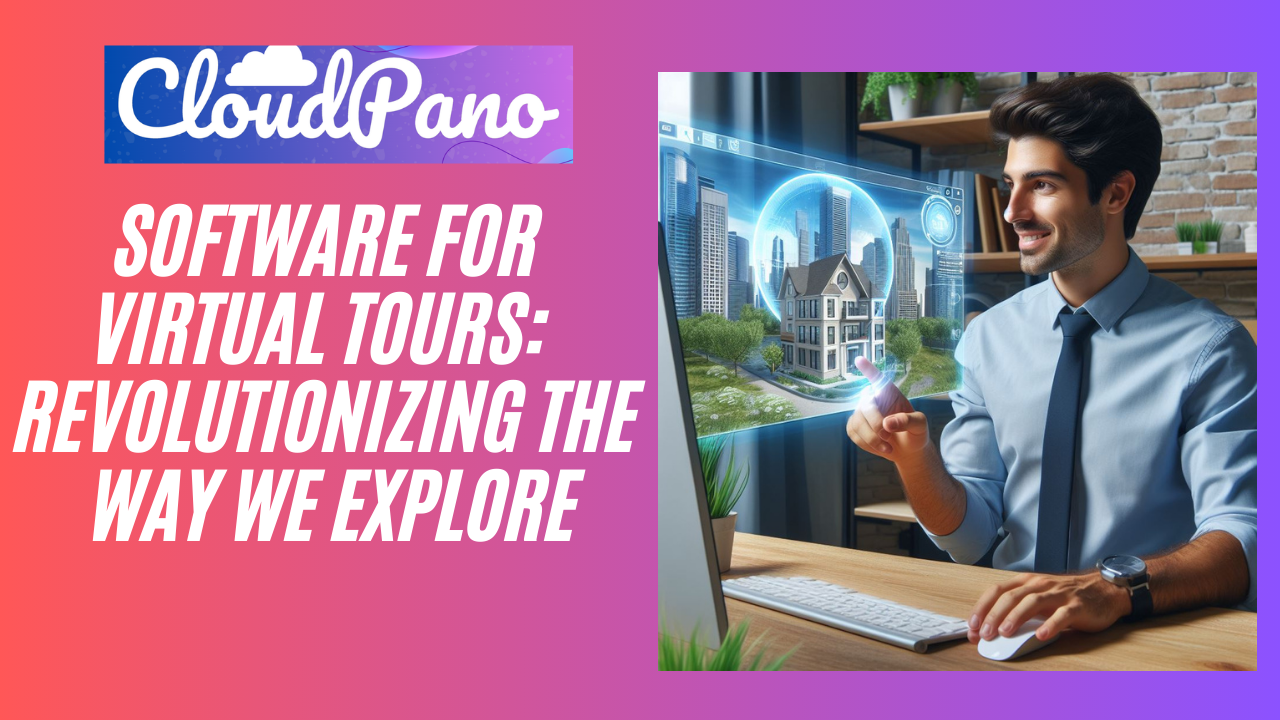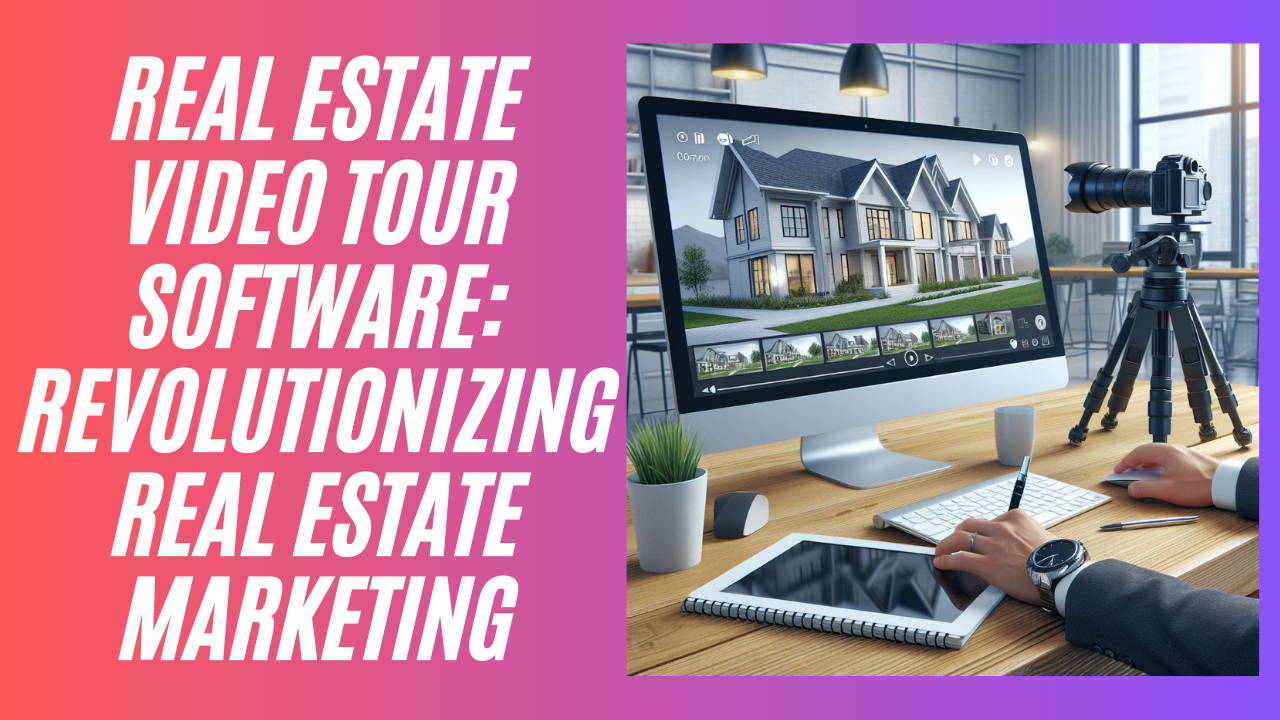Software for 360 virtual tour: A Comprehensive Guide
360 Virtual Tour Software: A Comprehensive Guide
Visit the link to read more:
https://blog.cloudpano.com/how-to-a-360-virtual-tour-to-your-website/
Follow These Next Steps:
#1 – Register for an upcoming webinar:**Free Webinar → “How To Start a Wildly Profitable Virtual Tour Business and Get High Ticket Clients To Come To You Without Hard Selling Or Buying a Large Camera System” Register for an upcoming time, click here: https://virtualtourprofit.com/index.html
#2 – Upgrade to CloudPano Pro Plus -> click here https://www.cloudpano.com/add-to-cart
#3 – Join the Virtual Tour Profit Community -> https://www.skool.com/360-profit
